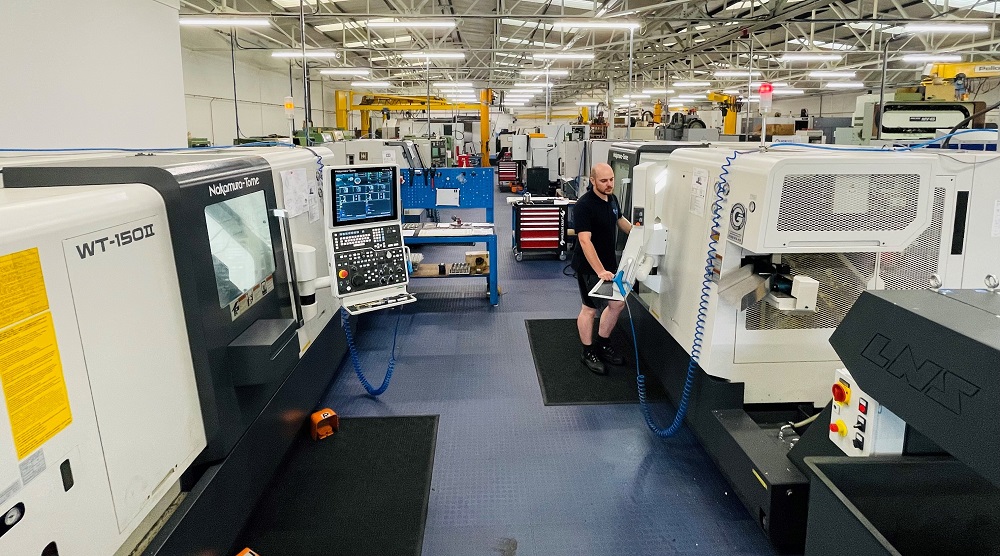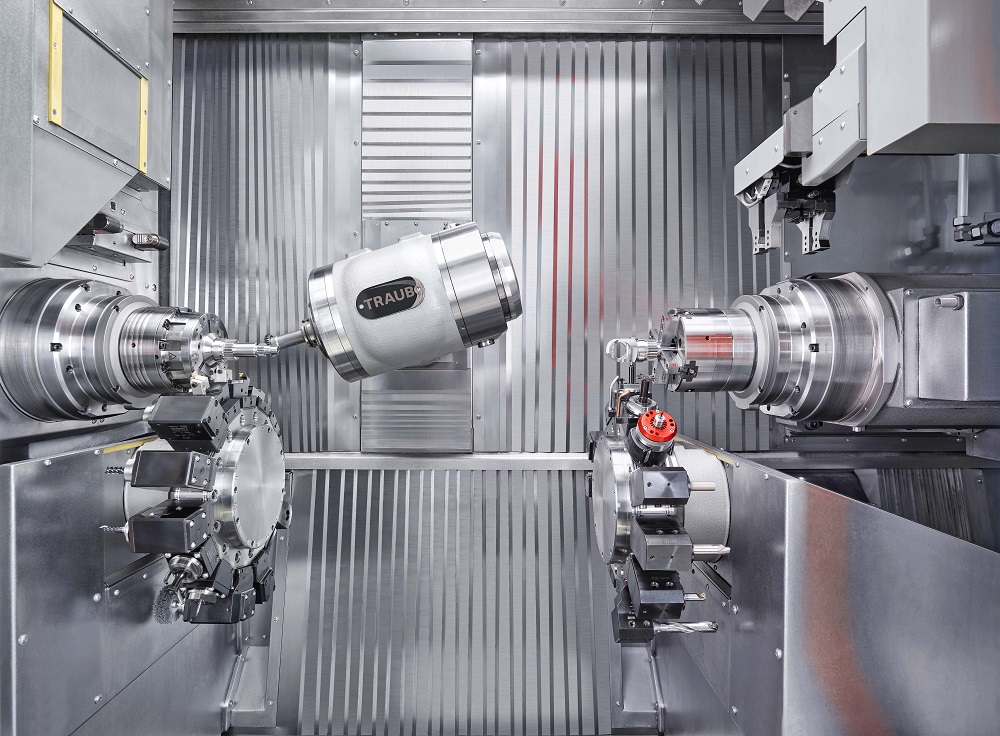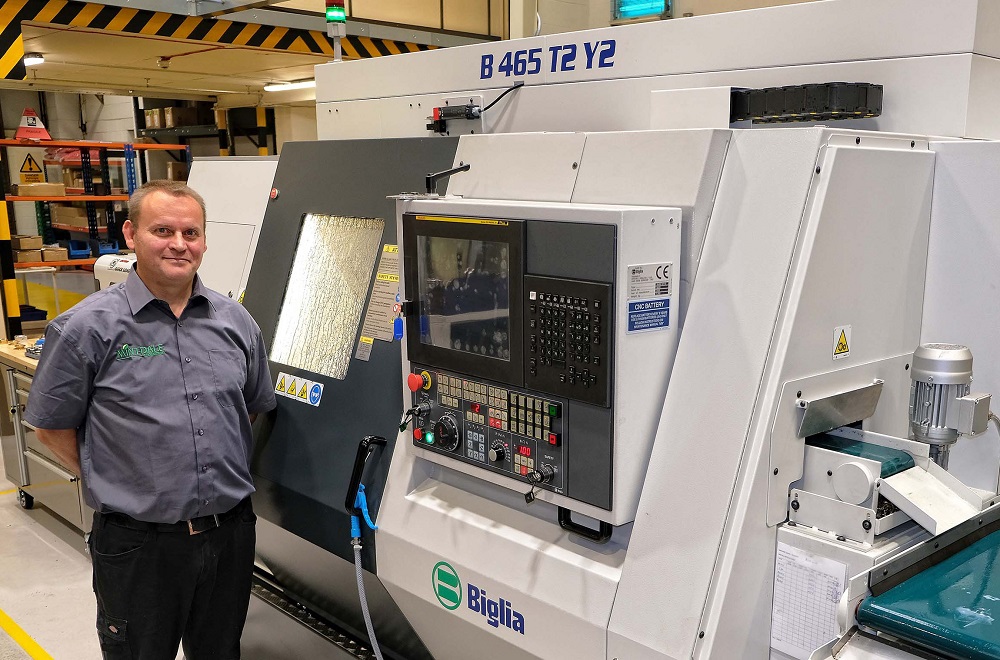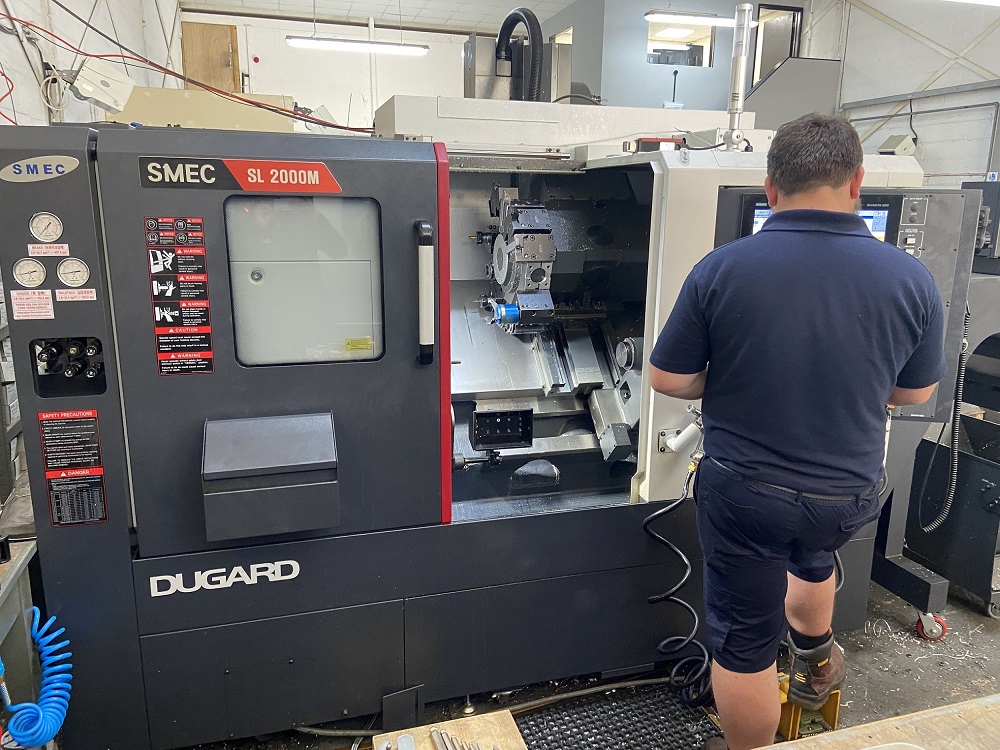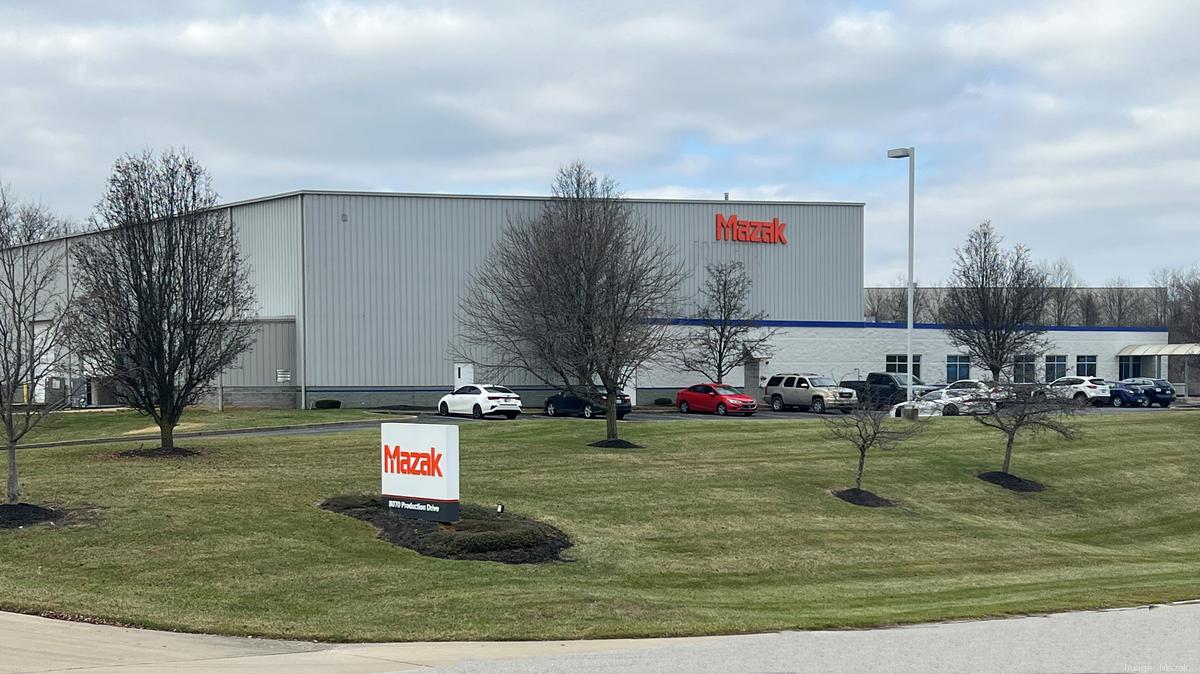Based just outside Dundee, Quest Precision Engineering has been on a trajectory of continuous growth. The Scottish manufacturer acquired two Nakamura-Tome turning centres through the pandemic and has recently added two more to the plant list.
Now with four Nakamura-Tome WT150II turning centres from Engineering Technology Group’s (ETG) Scottish distribution partner RAM Engineering & Tooling, the facility is filling fast. Quest Precision is well versed in machining everything from simple to the most complex of components. It is this requirement for one-hit machining of complex parts from challenging materials that led to the installation of the first Nakamura-Tome turning centre in December 2019, a twin-spindle, twin-turret WT150II. The impact of the Nakamura-Tome WT150II resulted in the installation of a second machine four months later, followed by two more in 2022.
Before Quest installed its first Nakamura-Tome WT150II, it was machining valves for the oil and gas industry in five operations on four machine tools. The production of the complex 2-inch diameter Inconel 718 valves that control the flow of oil from wells was time-consuming and not cost-effective enough to compete with an existing Chinese supplier. To increase productivity and reduce costs, Quest invested in its first Nakamura-Tome WT150II.
Managing director Gordon Deuchars says: “There are 25-30 different valves in the family of parts and, for us to win more business, we had to increase throughput and reduce costs to be cost-competitive with China. RAM Engineering discussed the merits of a Nakamura turnkey solution for the valves and our decision was made. It has been such a success; the first two machines made a huge impact and brought us significantly more business. To support subsequent growth and undertake more R&D work, we bought the next two machines.”
For further information www.engtechgroup.com






